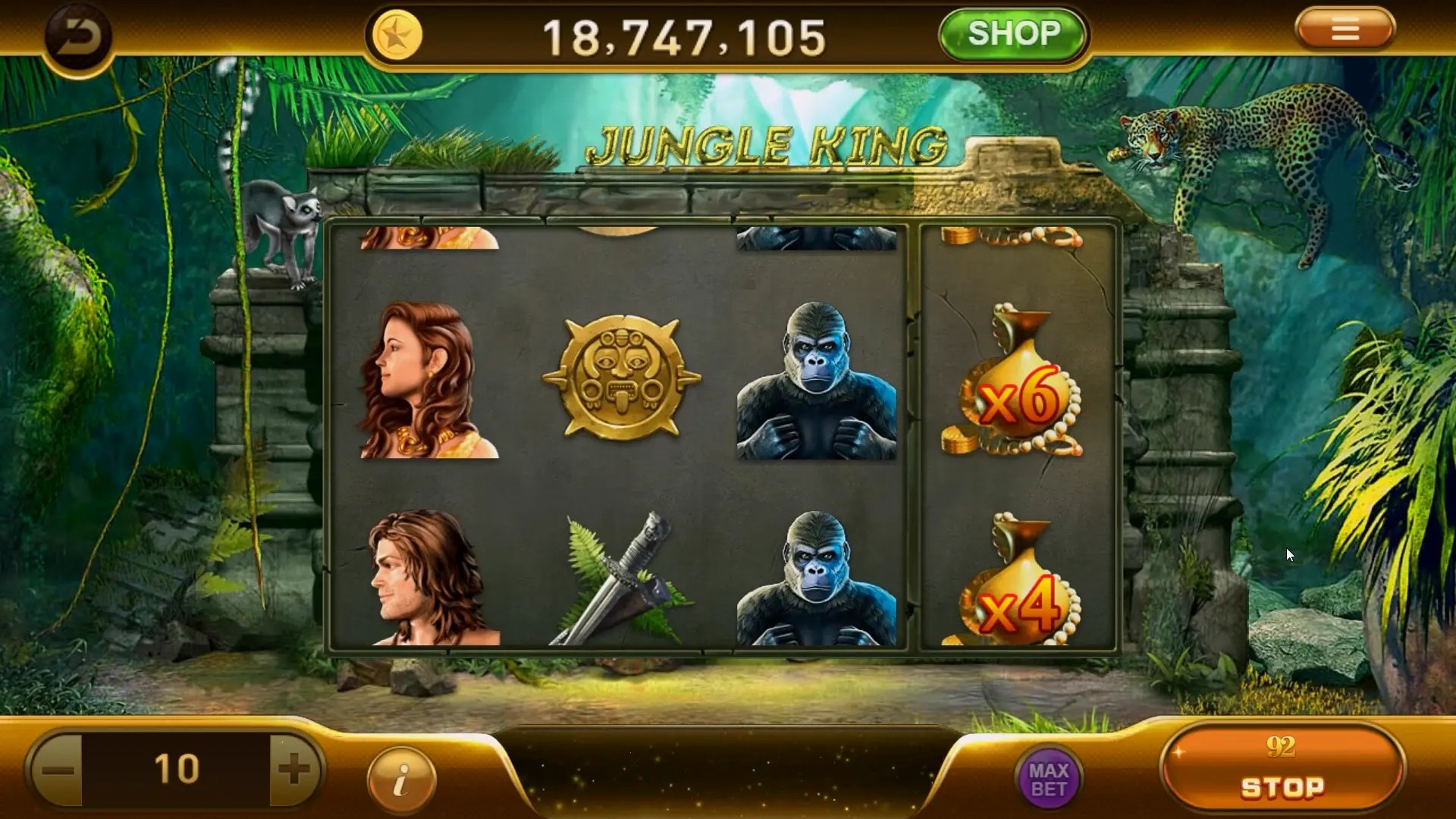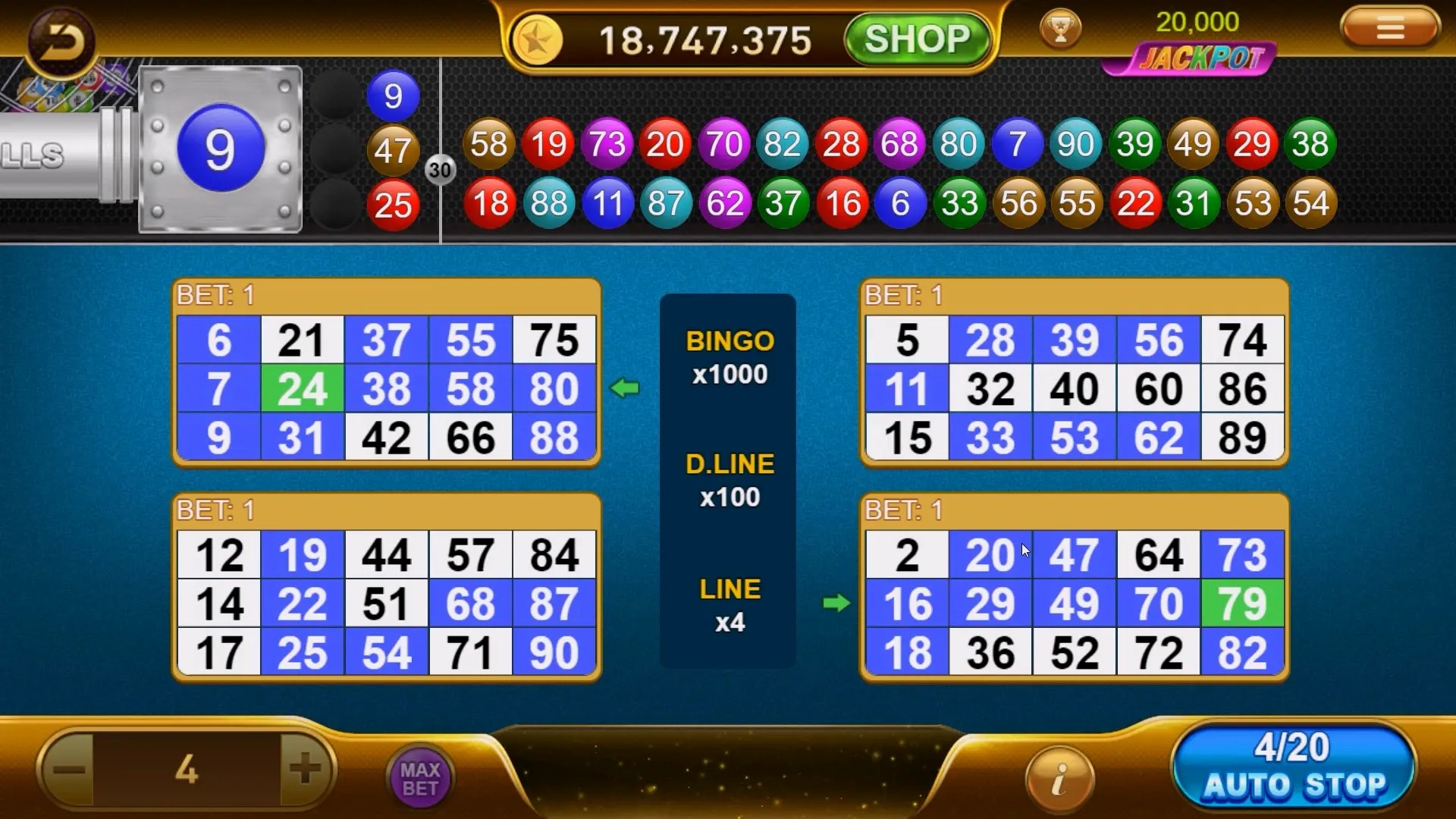The Quiet Revolution of Mobile Games
You don’t need 3D graphics or 20-hour storylines to win players over. In fact, the hottest mobile games today look like throwbacks from 2012—bright, fast, and dumb simple. That’s the charm of hyper casual games. No login. No grind. Just tap and go. And they’re blowing up across Mexico, India, Brazil—places where smartphones beat consoles by miles.
Think about it. Your cousin’s kid in Jalisco plays Flappy Bird-style games between math class and taco runs. That’s who’s winning the attention race now. The market’s not just expanding—it’s shifting. Lightweight but addictive hyper casual games like *Alley Oops Kingdom* fit the lifestyle. Short bursts, zero stress.
What Even Is “Alley Oops Kingdom"?
Sounds like a Netflix show, right? But no—it’s another slick little mobile game riding the wave of no-brainer fun. Some players even search “alley oops kingdom crossword puzzle clue"—probably mistyping after playing too long. That confusion? Proof these titles blend into daily life. Is it real? Kinda. It’s fictional in context, but it reflects how players mix gameplay with real-life puzzles.
These games don’t need backstories. They thrive on instinct: jump, slide, match. No manuals. No YouTube guides (usually). You learn by crashing—and laughing at it.
- Gameplay loops under 10 seconds
- Monetization via quick rewarded ads
- Rapid development cycles—weeks, not years
- Trending heavily in LatAm regions like Mexico
Are Hyper Casual Games Just Flashes in the Pan?
Sure, some folks say they’re shallow. Like instant noodles vs. a home-cooked meal. But here’s the twist: they’re democratizing play. Grandmas in CDMX are swiping through match-3 titles while their grandkids rage-quit battle royales. The simplicity isn’t lazy design—it’s inclusive design.
Remember: not every player wants a *Call of Duty* commitment. Some just need a 60-second distraction while waiting for the metro. That’s where hyper casual games punch above their weight. Retention isn’t about time spent—it’s about frequency. Five minutes a day, ten times a week beats five hours once a month.
| Feature | Hyper Casual | Heavy Mobile Games |
|---|---|---|
| Dev Time | 2-6 weeks | 12+ months |
| Storage Use | < 50 MB | 2+ GB |
| DAU Retention (Day 7) | 10-18% | 25-40% |
| Main Ad Model | Rewarded videos | IAPs & banners |
From Phone Screens to PC? Maybe For Survival Game Daughter
Hear me out. There’s a growing niche trend: mobile-inspired PC experiments. One weird search term, “survival game daughter pc," doesn’t make sense at first. Then it clicks—players craving story depth but with casual ease. Could hyper casual mechanics evolve? Think a *Don’t Starve* meets *Wordle* vibe. Simple UI, emotional stakes.
Mexico’s digital generation is ripe for this mix. Young adults balancing school and family life don’t have 20-hour weekends for gaming marathons. But what if they got a light survival sim on PC? One where you protect your little avatar “daughter" through resource puzzles—easy taps, emotional hook. Not impossible. Not even unlikely.
The bridge from mobile games to narrative experimentation is being built, one swipe at a time.
Critical Takeaways for Today’s Developers & Players
Let’s be real: the future of play isn’t just graphics or AI bots. It’s accessibility. If you're designing or choosing games in Mexico’s fast-moving culture, here’s what matters:
✅ Start small, stay sticky — a 30-second joy loop beats complex mechanics if players come back daily.
✅ Ads don’t have to be annoying — rewarded videos can feel rewarding if the prize fits.
✅ Cross-platform curiosity is rising — a hyper casual game idea today might inspire a survival game daughter spin-off tomorrow.
✅ Misplaced searches like “alley oops kingdom crossword puzzle clue" show how embedded gaming is in routines—even mistaken ones.
✅ Keep it light, keep it real — especially for markets where mobile is not just preferred, it’s primary.
You don’t need to reinvent the wheel. Sometimes just removing a few spokes makes it spin faster. Mobile games aren’t getting simpler because devs ran out of ideas. They’re simplifying because players demanded it. Less friction, more fun.
So if you’re stuck on whether simple works? Go ask the kid in Monterrey who’s played *Alley Oops Kingdom* 47 times today. He won’t care about your KPIs. But he’ll smile while tapping his way through level 107.
Conclusion: The magic of hyper casual games isn’t in their mechanics—it’s in their reach. They meet real people where they are: on a bus, at lunch, between duties. And in Mexico’s vibrant, on-the-move culture, that simplicity? That’s power.



